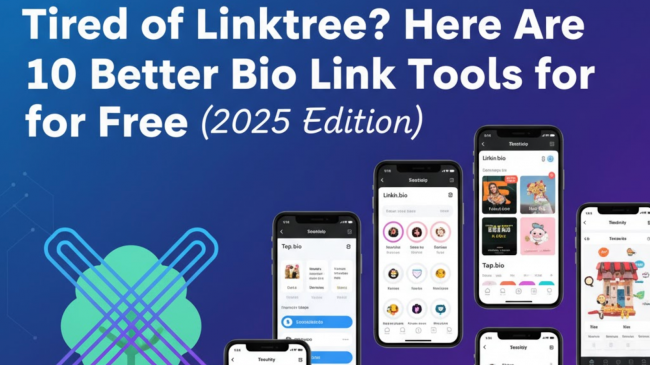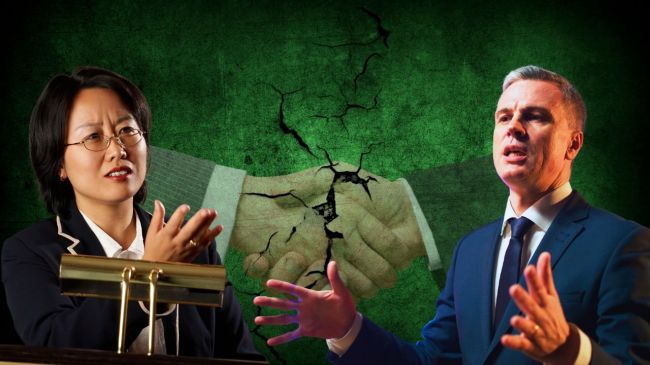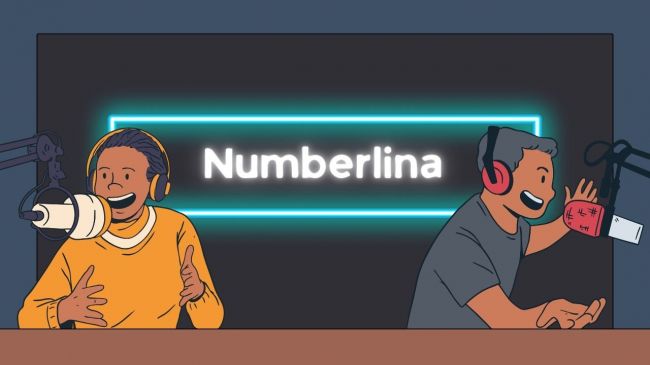Why multilingual video matters today
Video marketing has exploded across industries — but constant content means it’s harder to stand out. A recent Forbes Business Council analysis of video marketing trends notes that brands now compete in an “age of constant content,” where differentiation comes not from volume but from strategy. One such strategy is multilingual optimization.
The opportunity is significant: global video advertising spend is climbing each year, and worldwide marketing statistics from Statista confirm that audiences consume far more localized content than globalized English-only campaigns. If your videos aren’t multilingual, you’re automatically limiting reach and engagement.
Importance of accessibility
There’s a notable portion of the people in the world who have either hearing or vision problems. This can limit the content that they can consume, and they’re often neglected by content creators and companies.

Besides that demographic, the majority of the world doesn’t speak English as their native language. While the internet has motivated many to learn English, this doesn’t mean that everyone speaks at a native level.
When we combine the previous two groups of people, we get a significant portion of the globe that could be your audience if you properly optimize your content. For example, you can use tools like Happy Scribe’s subtitle generator to make the content more understandable. You can also use other platforms that allow you to create voiceovers for a similar effect.
Such actions are relatively easy to add, yet they make your videos inclusive and help your content become much more effective. Subtitles can also help the average person with their attention and engagement.
Translation vs localization
Translation and localization are similar at their core, but very different in practice. Translation is simply converting one language to another. Localization is that, and much more. Localization includes adapting cultural references, idioms, humor, visuals, and context to fit the target audience.
This is a much more powerful practice than translation. A good example of a localization is not literally translating a joke from English to Serbian, but finding the equivalent. Localization ensures your message stays relevant and impactful in different cultural contexts
In the context of marketing videos, translating videos can be just enough. Not all content requires ensuring it is culturally and contextually fit. Some content is simple and easy to understand.
However, if your videos include local slang, specific references, region-specific sayings, or idioms that are hard to translate, it’s best to opt for localization. You should worry about finding the best way to convey a message, and sometimes that will require localization.
Multilingual marketing for business growth
The internet is very globalized, and there are potential customers from all corners of the world. In some industries, you’re going to be restricted from selling specific products in certain regions or countries, due to regulations or simply logistical issues.
You should explore your possibilities for expansion and understand where you can position yourself in the global market. Sometimes, you should focus on building your brand locally, while in other cases, it’s much more lucrative to focus on another country or a state.
Multilingual marketing is there to help you reach new audiences. It will require translation or localization, which can require purchasing tools or hiring professionals. Regardless, there’s potentially a high return on investment if you find the right market.
Many consumers prefer buying products with information in their own language. That’s enough to show that people really do care about being communicated with in their native tongue. Some of the methods from this list can be helpful for creating content in English, but we’ll focus on multilingual content.
Methods to optimize your marketing videos
There are numerous methods that will allow you to create multilingual content. However, there’s no need to manually add captions to YouTube videos anymore. AI or non-AI, there’s a not of software that can streamline your video optimization process.
From innovative to traditional and manual methods, you can benefit from a number of them. However, it’s crucial that you do the research beforehand and understand which of these methods will help you grow the most.
AI for automatic subtitle generation
Subtitles are the most straightforward way to make your videos accessible to non-native speakers and those who are deaf or hard of hearing. They’re also one of the best ways to make your content multilingual.
It will make the content easy to follow, and it can even stimulate non-native speakers to learn the language they’re hearing. However, manual transcription and translation can be time-consuming, and even costly.
With the latest AI tools for subtitle generation, this process becomes a piece of cake. These tools have features that can automatically transcribe audio into written text. Then, they can translate this text in a number of different languages.
Of course, this isn’t everything they offer. You can use their editing tools to customize font, color, and placement, and export the subtitles in formats like .srt or .vtt for use across different platforms.
The key advantages of AI subtitle generators are speed and scalability. Although these tools cost, they’re much more affordable than hiring a professional translator. A single video can be transcribed and subtitled in a dozen languages within minutes.
However, it’s always recommended for a human review at the end. AI can often misinterpret accents, technical terms, or informal speech, leading to embarrassing or misleading captions.
It’s best to use AI for the basic subtitle generation, and then have a human expert review and polish them before publishing.
Dubbing and voiceovers
While subtitles are great for making the videos more understandable, voiceovers and dubbing provide a more immersive experience. This is especially helpful for important content like promotional videos, product demos, or storytelling content.
There are some distinctions between the two:
- Voiceovers: A translated script is read aloud over the original video, typically with the original audio muted or lowered.
- Dubbing: A complete replacement of the original audio with translated dialogue, often synced with the speaker's lip movements.
There are also great tools, both AI and non-AI, for creating voiceovers in dozens of languages. These tools allow you to choose from multiple styles, adjust the speech, or even clone a voice from an existing person in your company who is usually responsible for video creation.
This way, you can create consistent multilingual content without having to organize recording sessions. Of course, enterprises should still prefer human voice actors over AI-generated voiceovers, but it’s a cost-saving way of creating great multilingual voiceovers.
Repurposing content
Rather than starting from scratch for every language or region, you can repurpose your existing videos to make them more locally relevant. You can use old content and just recreate on-screen text or captions, and localize the visuals.
You can basically use all the old content that you’ve recorded in the past and repurpose it for specific regions. This will help your company reach new audiences before investing too much into creating new content for a specific region.
Another benefit is that old content, like blogs or articles, can be translated into another language and then transformed into an AI-generated video. This is also a great way of creating multilingual content.
Content performance by language
Creating multilingual content is a great way of testing the potential of a certain market. If you start repurposing or creating content for, let’s say, the LATAM market, and you don’t receive positive feedback, you’ll know that you need to approach that market more carefully.
Of course, it’s vital to track how videos perform in different regions and languages. Sometimes, a drop in traffic and reactions can be due to poor quality of the content, translation, or something else. In other cases, the reason might be that the audience doesn’t have an interest in a certain product.
The key to conquering new markets is creating multilingual content
Hiring translators and localization experts for every video is expensive, even for large companies, let alone solopreneurs and influencers. However, modern tools can bridge this gap and help content creators optimize their videos, sometimes for free.
There are numerous methods for optimizing your videos, whether you decide on an innovative AI way, or for traditional translators, you’ll still achieve your goals. In both cases, it’s best that you have a native speaker who will check the quality of the optimizations.
Final Thoughts
Hiring translators for every video is expensive, but modern tools (AI + human review) make multilingual optimization accessible even to small creators. The goal isn’t just to “check the box” with subtitles — it’s to communicate in the language of trust and emotion.
Whether through subtitles, dubbing, or localized repurposing, every effort compounds: more reach, higher engagement, stronger brand equity. Global audiences don’t just want to consume your content — they want to understand it.
For businesses unsure where to begin, exploring reliable AI performance benchmarks and comparison guides can help identify which video optimization tools deliver the best ROI. Pairing the right tech stack with native-speaker quality checks is the most sustainable way to scale multilingual video marketing.
Hopefully, this article will help you reach more people, build your reputation across the globe, and connect better with audiences that don’t understand English.
Author - Veljko Petrović
Veljko is an IT student who has successfully combined his passion for technology with his exceptional writing skills. As an emerging specialist in cybersecurity, he has completed several courses and has been published in notable blogs in the industry. In his free time, Veljko enjoys weightlifting, reading, and programming.
Post Comment
Be the first to post comment!





